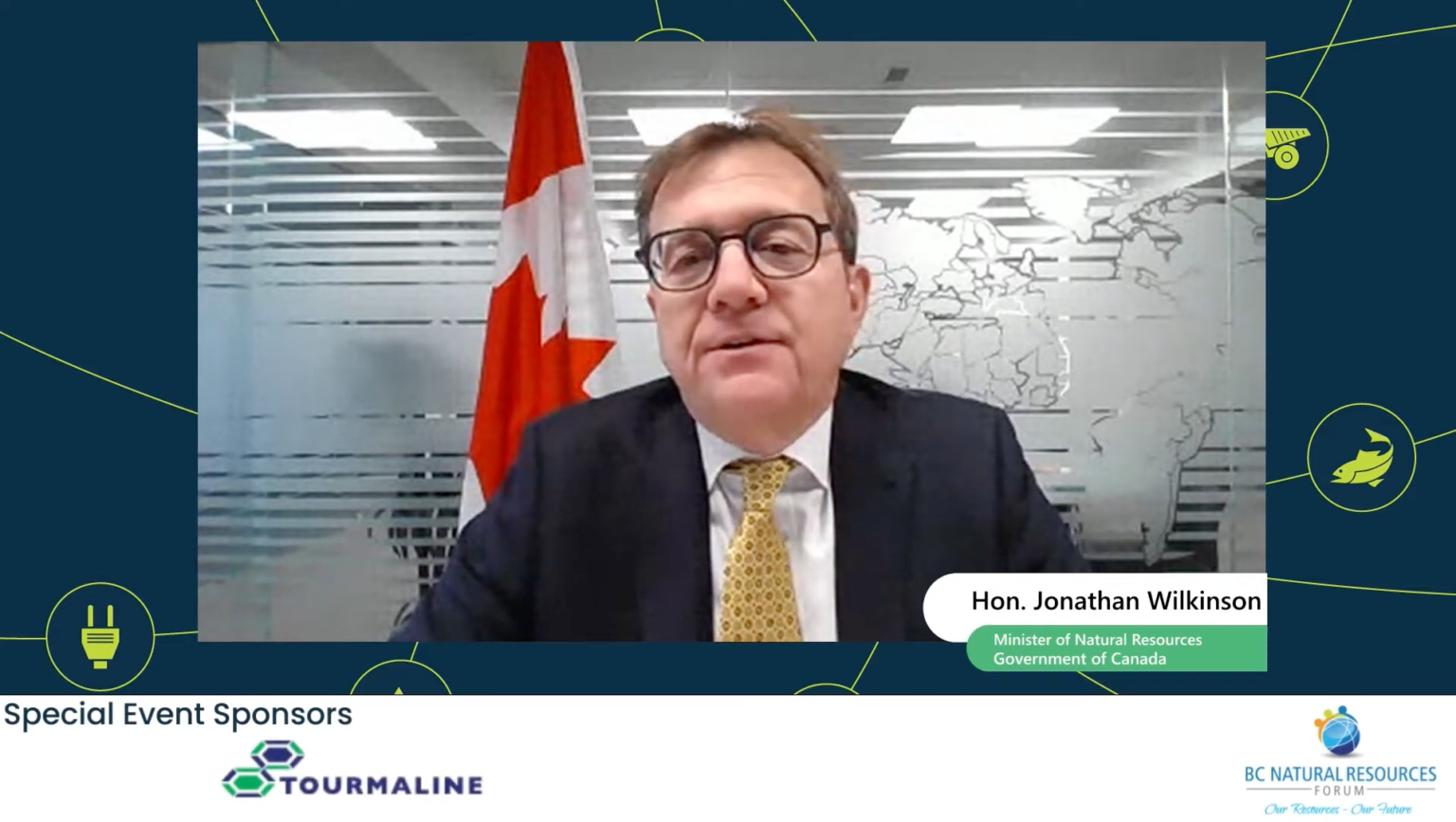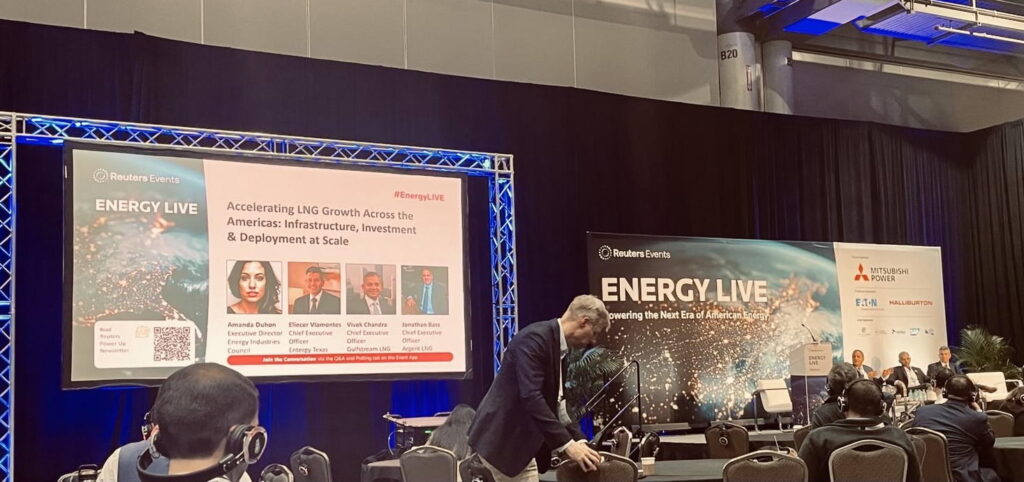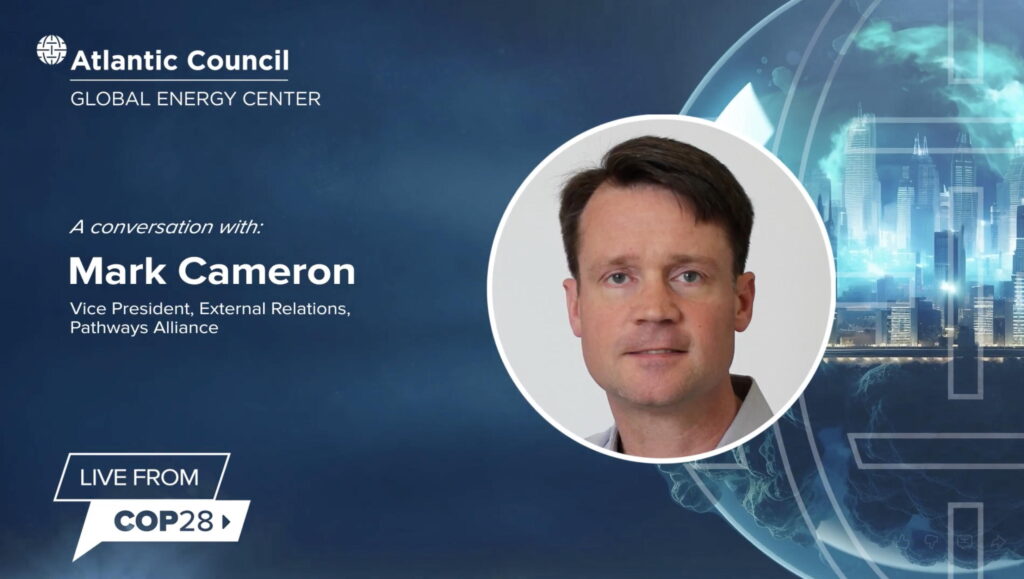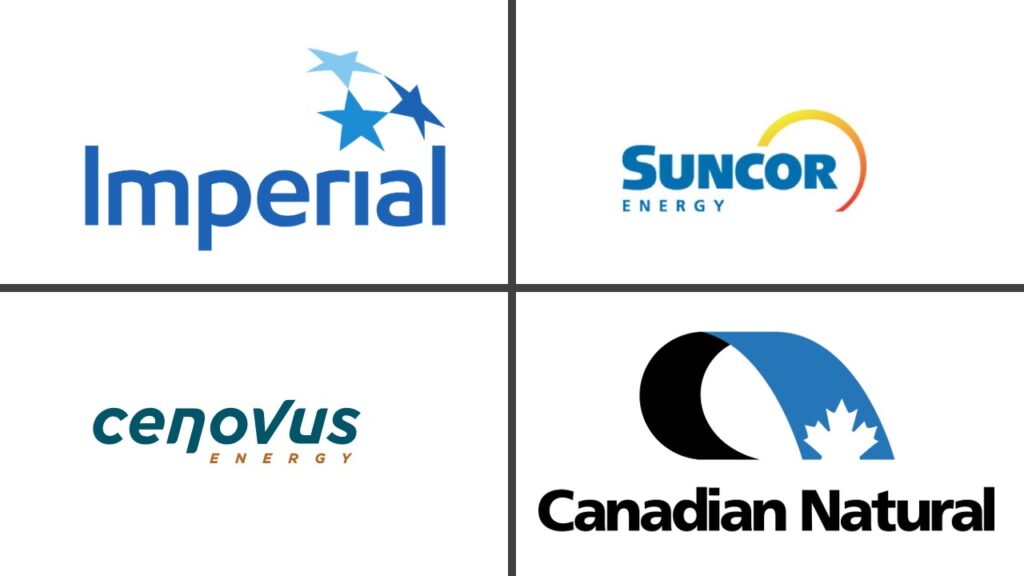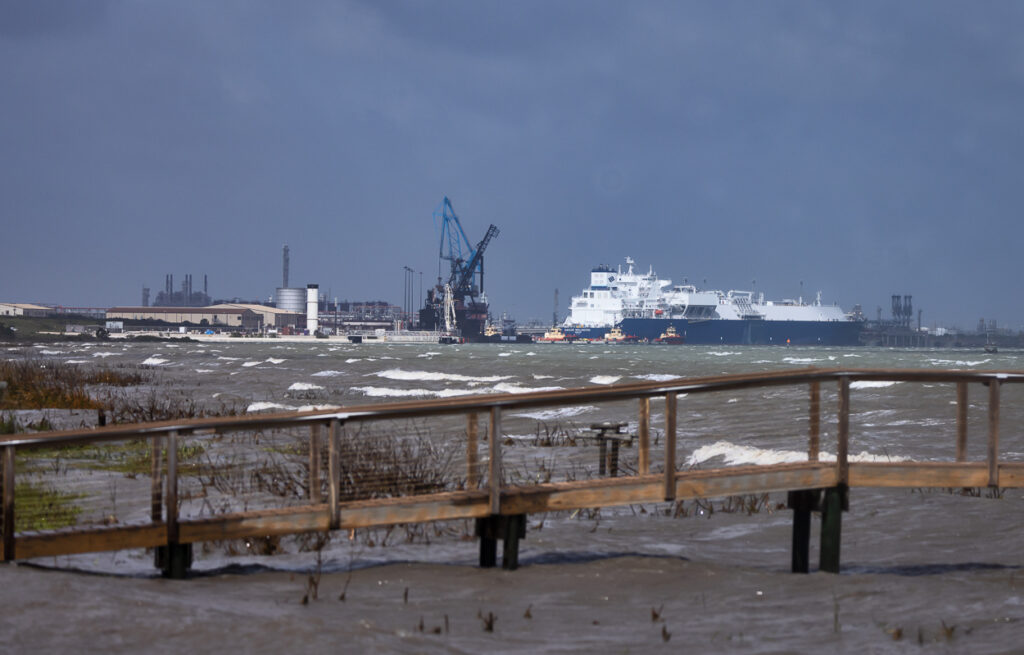A Canadian environmental group is raising the alarm on new federal government spending on Canada’s hydrogen sector, calling it a waste of taxpayers’ money and a false solution to the climate crisis.
Natural Resources Minister Jonathan Wilkinson announced Canada will provide $300 million CAD to support a hydrogen export arrangement with Germany, which would match the funds. The funds would be used, according to Wilkinson, to help establish an Atlantic Canada hydrogen industry, namely by closing gaps between sale price and purchase price of hydrogen sold in what’s termed a double-sided auction.
Subscribe to our newsletter
Stay up to date with DeSmog news and alerts
In 2022, Canada and Germany signed a joint declaration of intent wherein the nations agreed to invest in hydrogen and establish a transatlantic hydrogen supply corridor. At the time, Canada committed to commence wind-energy derived green hydrogen exports from Atlantic Canada to Germany by 2025. The agreement was a consequence of Germany’s decision to seek a long-term alternative to Russian gas imports after the Russian invasion of Ukraine and subsequent destruction of the Nord Stream pipeline.
The July funding announcement, made in Port Hawkesbury, Nova Scotia, is considered part of this broader Canada-Germany Hydrogen Alliance.
The official government statement used the industry-favoured term “clean” hydrogen, which has largely replaced a former system of naming hydrogen types by colour code indicating the source fuel. Previously, the terms blue and green hydrogen were used to describe hydrogen derived from natural gas and electrolysis, respectively. Hydrogen derived from natural gas has been widely criticized as an ineffective greenwash that leaks planet-warming methane into the atmosphere. Wilkinson also used the term clean hydrogen in his social media posts, as did local member of parliament Mike Kelloway, who indicated the funding announcement would help Canada become a world leader in green energy. Though hydrogen exports to Germany have yet to commence, the Canadian government’s intention does not appear to use natural gas to create the hydrogen.
Questions sent to Wilkinson’s office were not returned by press time.
‘Terrible Use of Taxpayer Money’
Environmental Defence Canada called the $300 million in funding a government handout, and further stated it is a “terrible use of taxpayer money” for what they describe as an “energy-intensive, inefficient, and expensive hydrogen scheme.”
The hydrogen export proposal comes with considerable logistical and technical challenges.
“Producing hydrogen requires a huge amount of wind energy,” said Julia Levin, Associate Director, National Climate, for Environmental Defence Canada, in a statement.
“Transporting hydrogen overseas is incredibly challenging and expensive – and has never been successfully done at scale. Therefore, hydrogen must be turned into ammonia to ship it, using even more energy.”
Much of the plan is still theoretical, according to Levin. Considerable infrastructure is required, including hydrogen pipelines and ammonia conversion facilities in both Canada and Germany.
“The details of how the auction scheme will work haven’t been finalized yet, construction hasn’t yet begun on anything, let alone the ammonia production or the tankers,” said Levin in an interview with DeSmog. “Initially Wilkinson had said he had hoped shipments would start in early 2025 but even his revised timeline of late 2025 isn’t likely.”
Environmental Defence estimates that the ammonia conversion and transportation aspects of exporting hydrogen would result in a loss of about 80 percent of the original energy.
Levin says this isn’t a smart use of Atlantic Canada’s renewable energy resources.
“The wind energy used to produce hydrogen won’t be available for local use,” she said.
“Nova Scotia still relies on dirty coal for half of its electricity. A much better use of new wind power would be to replace coal with clean, affordable wind power.”
More Public Subsidies
Though the funding agreement could potentially smooth out hydrogen export transactions between Canada and Germany, it is unclear how ready either country is to begin large scale, trans-oceanic hydrogen shipments.
Liquefied Petroleum Gas (LPG) tankers can be used to transport ammonia in bulk quantities, but unless the ships themselves are also powered by a zero-emissions energy source, shipping ammonia by sea will likely be a carbon intensive process. To date, ammonia-powered shipping is experimental. The world’s first ammonia-powered container ship isn’t expected to begin service until at least 2026.
A recent progress report on Canada’s Hydrogen Strategy, issued this spring, was optimistic albeit speculative, listing a number of projects under consideration, but few concrete examples of large-scale hydrogen operations. Those projects that have been completed are largely demonstrations. In terms of end-use applications, the report lists only eight operational hydrogen fueling stations in the entire country, seven hydrogen powered trucks or buses, and four hydrogen train trials. The report lists 7,700 households serviced by hydrogen, but it’s blended with natural gas, undermining claims hydrogen is clean or green.
A funding announcement by Wilkinson in early July indicated the government was committing $8.5 million CAD to new hydrogen projects, though several projects listed use the catalytic methane pyrolysis process to create hydrogen. This hydrogen is also derived from fossil fuels. The government’s statement frequently used terms such as clean hydrogen, carbon negative, and zero carbon, though these terms may not accurately describe the reality or totality of the emissions risk that comes with this kind of hydrogen creation.
Despite considerable financial support from various levels of government, consumer demand is lagging when it comes to hydrogen. Many if not most of the recent hydrogen industry related announcements in Canada either involved public subsidies to the industry, or involved public agencies purchasing small numbers of hydrogen powered vehicles. The major announcement at this year’s Canadian Hydrogen Convention, as an example, was a proposal from Air Products to build several hydrogen refueling stations along the highway corridor between Calgary and Edmonton. Whether there is sufficient consumer demand to merit such infrastructure remains to be seen.
Subscribe to our newsletter
Stay up to date with DeSmog news and alerts


